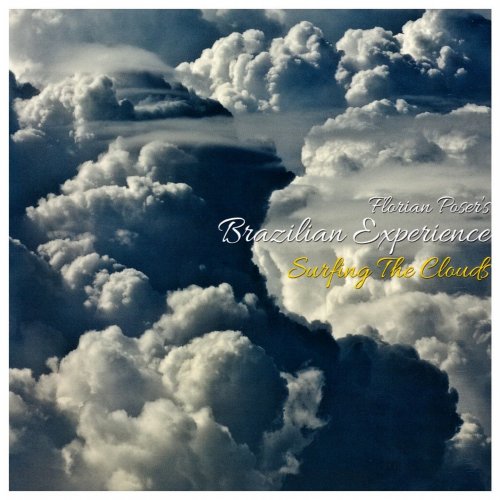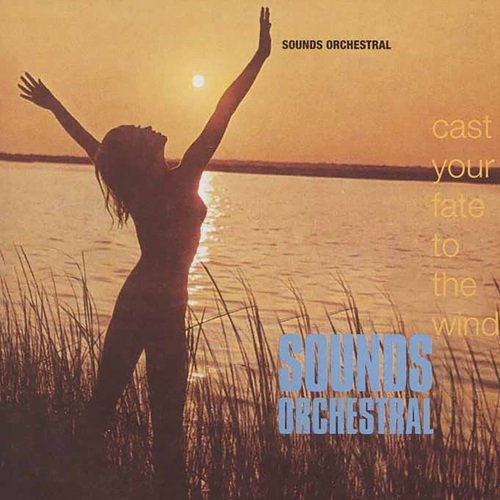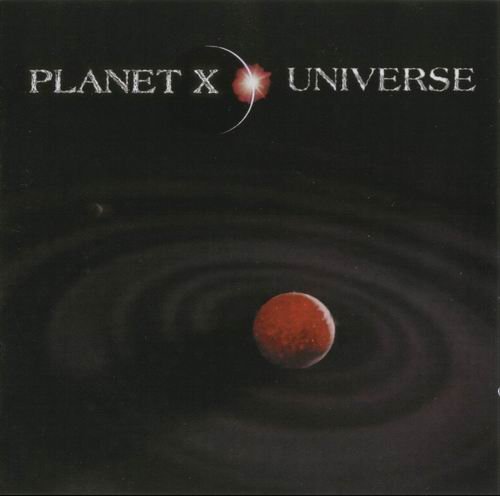Geir Sundstøl - Brødløs (2022) [Hi-Res]
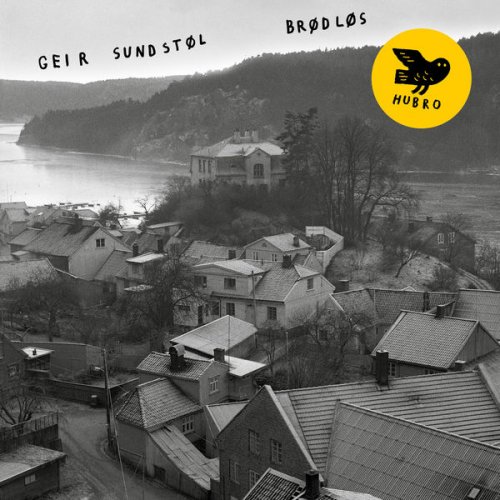
Artist: Geir Sundstøl
Title: Brødløs
Year Of Release: 2018 / 2022
Label: Hubro
Genre: Jazz, Contemporary Jazz, Folk
Quality: FLAC (tracks) [44.1kHz/24bit]
Total Time: 36:23
Total Size: 354 MB
WebSite: Album Preview
Tracklist:Title: Brødløs
Year Of Release: 2018 / 2022
Label: Hubro
Genre: Jazz, Contemporary Jazz, Folk
Quality: FLAC (tracks) [44.1kHz/24bit]
Total Time: 36:23
Total Size: 354 MB
WebSite: Album Preview
1. Snev (02:40)
2. Leben (03:43)
3. Læms (04:25)
4. Warszaw / Alabama (06:19)
5. Kraag (05:35)
6. Blunder (05:02)
7. Kulten (03:30)
8. Waterloo (05:06)
Ambient goes country and David Bowie and Brian Eno share a tune with John Coltrane in slide guitar maestro Geir Sundstøl’s astonishing cinematic travelogue.
Tumbleweed blows across the widescreen desert vistas of a curiously Nordic western landscape; the melancholy-sounding scrape of a metal slide on bare steel wire is set to the same, slow, clip-clopping equestrian rhythms we hear in horse-drawn cultures from Texas to Outer Mongolia; what seem at first to be familiar musical textures drawn from ambient music, country rock or jazz are made strange through their juxtaposition with oddly clashing elements taken from totally different registers: Indian tabla drums with Mini-Moog, say, or the gated thwack and hiss of Eighties power-ballad drums next to an avant-garde electronic shimmer or Sneaky Pete-style pedal steel. It’s a fascinating place where ‘Paris, Texas’ might meet ‘Tubular Bells’, Ennio Morricone can rub shoulders with Brian Eno, and David Bowie really does run into John Coltrane. This is ‘Brødløs’, the third solo album by the Norwegian composer, guitarist and multi-instrumentalist Geir Sundstøl.
“The album title is the name of the area in my hometown of Halden, where I grew up”, says Sundstol. “Directly translated, it means “out of bread”, but perhaps penury would be a better translation. From what I’ve been told, the name goes back to WW2. Hard times.” Although Sundstøl (born 1968) didn’t make his solo album debut until 2015, with Hubro’s ‘Furulund’, he is one of the most respected (and most frequently played on the radio) musicians in Norway, having appeared as a sideman on nearly 300 albums since turning professional in 1988, as well as touring internationally with artists as diverse as iconic Nordic pop-stars A-ha and the legendary post-jazz trumpeter Nils Petter-Molvaer (who has an important cameo role on ‘Brødløs’). Sundstøl also has an international profile himself through his celebrated 1990s collaboration with U.S. alt-country singer-songwriter Jimmie Dale Gilmore, his role in the partnership credited with helping to inspire Joel and Ethan Coen - who attended one of the duo’s concerts - to create the character of Gaear Grimsrud (the monosyllabic hitman played by Peter Stormare) in their Academy Award-winning film from 1996, ‘Fargo.’
While ‘Brødløs’ shares a number of points of continuity with ‘Furulund’ and its 2016 follow-up ‘Langen ro’, there are some important departures. “When we started recording, I didn’t have any specific plans other than I knew I wanted it to be a sad album”, Sundstol says. “Sad is good.” As with ‘Furulund’ (and unlike Langen ro’, which was recorded at the St James church in Oslo) Sundstøl made the album at home, in his purpose-built studio, Studio Intim, once again calling upon some of his favourite musical collaborators, including drummer Erland Dahlen and pianist/keyboardist David Wallumrod, while playing a bewildering variety of obscure instruments - he’s a collector as well as a composer - himself. One musician - and an important new instrumental voice - that he had not worked with previously was the young percussionist and tabla player Sanskriti Sherestra, who Sundstøl had seen playing with Bugge Wesseltoft’s New Conception of Jazz. “I’ve learned that it’s good to invite at least one stranger to every session”, he says of Sherestra’s inclusion. “I knew all the male musicians from before, and it’s easy to fall into certain routines when you know your fellow players, but we who know each other will behave differently when there’s a new person present. I didn’t know Sanskriti Sherestra from before, and had only heard her once, but I’d always wanted to play with tablas and I knew she was the one.”
There are powerful echoes of all sorts of music throughout ‘Brodlos’, not least the abundant cinematic traces of Morricone, and his scores for ‘Days of Heaven’, say, or “Cinema Paradiso’ and even (in the album’s magnificently moody closing piece, ‘Waterloo’), 'The Good, the Bad and the Ugly’. But the most striking homages must surely be those that occur in this remarkable album’s even more remarkable centrepiece: the incredible pairing of David Bowie and Brian Eno’s ‘Warszawa’ with John Coltrane’s ‘Alabama’: a six-minute masterwork where Sundstøl melds both tunes and treats the deep, intensely spiritual and passionate threnody of Coltrane’s protest-anthem (written in response to the bombing of the 16th Street Baptist Church in Birmingham, Alabama by the Ku Klux Klan, and the resulting deaths of four black girls) with all the due ceremony and gravitas of a sacred mass by Bach, his Cooder-esque slide guitar picking out the weeping melody with great tactility, and huge emotional impact. “I just took my two favourite songs and put them together” says Sundstøl, with typical modesty. “Perhaps the two titles, combined, are an unconscious political statement."
Although it would be very hard to improve on ‘Warszawa-Alabama’, everything on ‘Brødløs’ has the same precise attention to sonic detail that makes listening to the album such an intense pleasure. The sound - recorded by Bård Ingebrigtsen and Geir Sundstøl, mixed by Bård Ingebrigtsen, and mastered by Helge Sten - feels super-saturated, like the too-bright-to-be-real colours of an old Kodachrome transparency, while the musical motifs and textures become more impressive with each incremental play. Like most real art, ‘Brødløs’ deepens over time and continues to offer up new subtleties the further into it one goes. Not overly indebted to any one musical genre or cult, it’s also refreshingly open to anyone who cares to lend an ear. Impressively erudite and experimental yet enticingly nice to listen to: that’s quite an achievement.
Geir Sundstøl, pedal steel, National duolian, Shankar guitar, six string bass, timpani, optigan, harmonica, cümbüs, guitar banjo, mandolin, Prime Time loops, Lexicon organ, Moog Minitaur, marxophone and pianochordia
Erland Dahlen, drums, drum machine, frame drum, steel drum, log drum, marching toms, xylophones, dulcimer, musical saw, Schulmerich handbells, blossombells, triangle, metal plates, and vocals
David Wallumrød, Minimoog, Prophet 5, Arp Pro Soloist and Juno 60
Sanskriti Sheresta, tablas and vocals
Mats Eilertsen, acoustic bass and vocals
Jo Berger Myhre, Fender VI and Moog Minitaur
Nils Petter Molvær, trumpet
Tumbleweed blows across the widescreen desert vistas of a curiously Nordic western landscape; the melancholy-sounding scrape of a metal slide on bare steel wire is set to the same, slow, clip-clopping equestrian rhythms we hear in horse-drawn cultures from Texas to Outer Mongolia; what seem at first to be familiar musical textures drawn from ambient music, country rock or jazz are made strange through their juxtaposition with oddly clashing elements taken from totally different registers: Indian tabla drums with Mini-Moog, say, or the gated thwack and hiss of Eighties power-ballad drums next to an avant-garde electronic shimmer or Sneaky Pete-style pedal steel. It’s a fascinating place where ‘Paris, Texas’ might meet ‘Tubular Bells’, Ennio Morricone can rub shoulders with Brian Eno, and David Bowie really does run into John Coltrane. This is ‘Brødløs’, the third solo album by the Norwegian composer, guitarist and multi-instrumentalist Geir Sundstøl.
“The album title is the name of the area in my hometown of Halden, where I grew up”, says Sundstol. “Directly translated, it means “out of bread”, but perhaps penury would be a better translation. From what I’ve been told, the name goes back to WW2. Hard times.” Although Sundstøl (born 1968) didn’t make his solo album debut until 2015, with Hubro’s ‘Furulund’, he is one of the most respected (and most frequently played on the radio) musicians in Norway, having appeared as a sideman on nearly 300 albums since turning professional in 1988, as well as touring internationally with artists as diverse as iconic Nordic pop-stars A-ha and the legendary post-jazz trumpeter Nils Petter-Molvaer (who has an important cameo role on ‘Brødløs’). Sundstøl also has an international profile himself through his celebrated 1990s collaboration with U.S. alt-country singer-songwriter Jimmie Dale Gilmore, his role in the partnership credited with helping to inspire Joel and Ethan Coen - who attended one of the duo’s concerts - to create the character of Gaear Grimsrud (the monosyllabic hitman played by Peter Stormare) in their Academy Award-winning film from 1996, ‘Fargo.’
While ‘Brødløs’ shares a number of points of continuity with ‘Furulund’ and its 2016 follow-up ‘Langen ro’, there are some important departures. “When we started recording, I didn’t have any specific plans other than I knew I wanted it to be a sad album”, Sundstol says. “Sad is good.” As with ‘Furulund’ (and unlike Langen ro’, which was recorded at the St James church in Oslo) Sundstøl made the album at home, in his purpose-built studio, Studio Intim, once again calling upon some of his favourite musical collaborators, including drummer Erland Dahlen and pianist/keyboardist David Wallumrod, while playing a bewildering variety of obscure instruments - he’s a collector as well as a composer - himself. One musician - and an important new instrumental voice - that he had not worked with previously was the young percussionist and tabla player Sanskriti Sherestra, who Sundstøl had seen playing with Bugge Wesseltoft’s New Conception of Jazz. “I’ve learned that it’s good to invite at least one stranger to every session”, he says of Sherestra’s inclusion. “I knew all the male musicians from before, and it’s easy to fall into certain routines when you know your fellow players, but we who know each other will behave differently when there’s a new person present. I didn’t know Sanskriti Sherestra from before, and had only heard her once, but I’d always wanted to play with tablas and I knew she was the one.”
There are powerful echoes of all sorts of music throughout ‘Brodlos’, not least the abundant cinematic traces of Morricone, and his scores for ‘Days of Heaven’, say, or “Cinema Paradiso’ and even (in the album’s magnificently moody closing piece, ‘Waterloo’), 'The Good, the Bad and the Ugly’. But the most striking homages must surely be those that occur in this remarkable album’s even more remarkable centrepiece: the incredible pairing of David Bowie and Brian Eno’s ‘Warszawa’ with John Coltrane’s ‘Alabama’: a six-minute masterwork where Sundstøl melds both tunes and treats the deep, intensely spiritual and passionate threnody of Coltrane’s protest-anthem (written in response to the bombing of the 16th Street Baptist Church in Birmingham, Alabama by the Ku Klux Klan, and the resulting deaths of four black girls) with all the due ceremony and gravitas of a sacred mass by Bach, his Cooder-esque slide guitar picking out the weeping melody with great tactility, and huge emotional impact. “I just took my two favourite songs and put them together” says Sundstøl, with typical modesty. “Perhaps the two titles, combined, are an unconscious political statement."
Although it would be very hard to improve on ‘Warszawa-Alabama’, everything on ‘Brødløs’ has the same precise attention to sonic detail that makes listening to the album such an intense pleasure. The sound - recorded by Bård Ingebrigtsen and Geir Sundstøl, mixed by Bård Ingebrigtsen, and mastered by Helge Sten - feels super-saturated, like the too-bright-to-be-real colours of an old Kodachrome transparency, while the musical motifs and textures become more impressive with each incremental play. Like most real art, ‘Brødløs’ deepens over time and continues to offer up new subtleties the further into it one goes. Not overly indebted to any one musical genre or cult, it’s also refreshingly open to anyone who cares to lend an ear. Impressively erudite and experimental yet enticingly nice to listen to: that’s quite an achievement.
Geir Sundstøl, pedal steel, National duolian, Shankar guitar, six string bass, timpani, optigan, harmonica, cümbüs, guitar banjo, mandolin, Prime Time loops, Lexicon organ, Moog Minitaur, marxophone and pianochordia
Erland Dahlen, drums, drum machine, frame drum, steel drum, log drum, marching toms, xylophones, dulcimer, musical saw, Schulmerich handbells, blossombells, triangle, metal plates, and vocals
David Wallumrød, Minimoog, Prophet 5, Arp Pro Soloist and Juno 60
Sanskriti Sheresta, tablas and vocals
Mats Eilertsen, acoustic bass and vocals
Jo Berger Myhre, Fender VI and Moog Minitaur
Nils Petter Molvær, trumpet
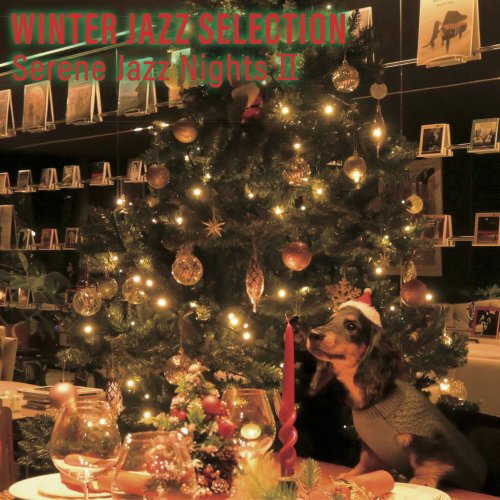
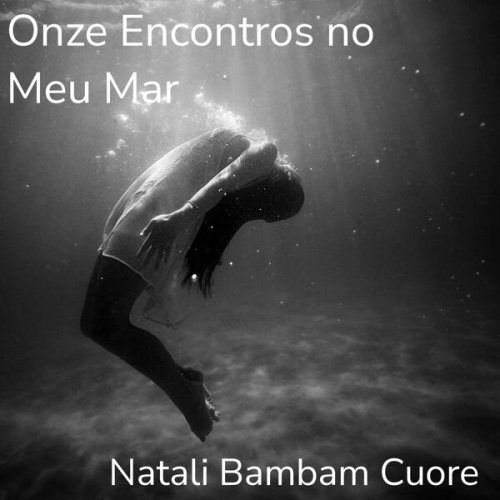
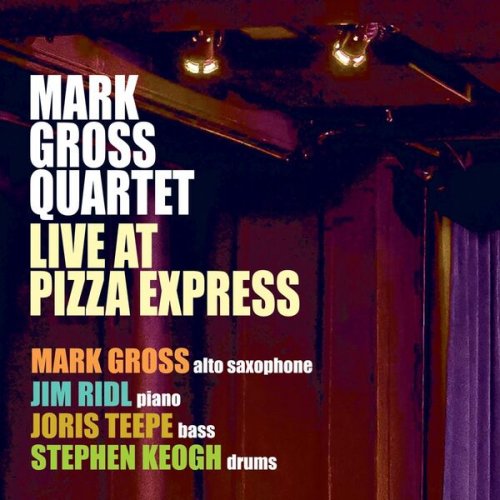
![Kenny Wheeler, Keith Jarrett, Dave Holland & Jack DeJohnette - Gnu High (1976/2025) [Hi-Res] Kenny Wheeler, Keith Jarrett, Dave Holland & Jack DeJohnette - Gnu High (1976/2025) [Hi-Res]](https://www.dibpic.com/uploads/posts/2025-12/1765627312_cover.jpg)
